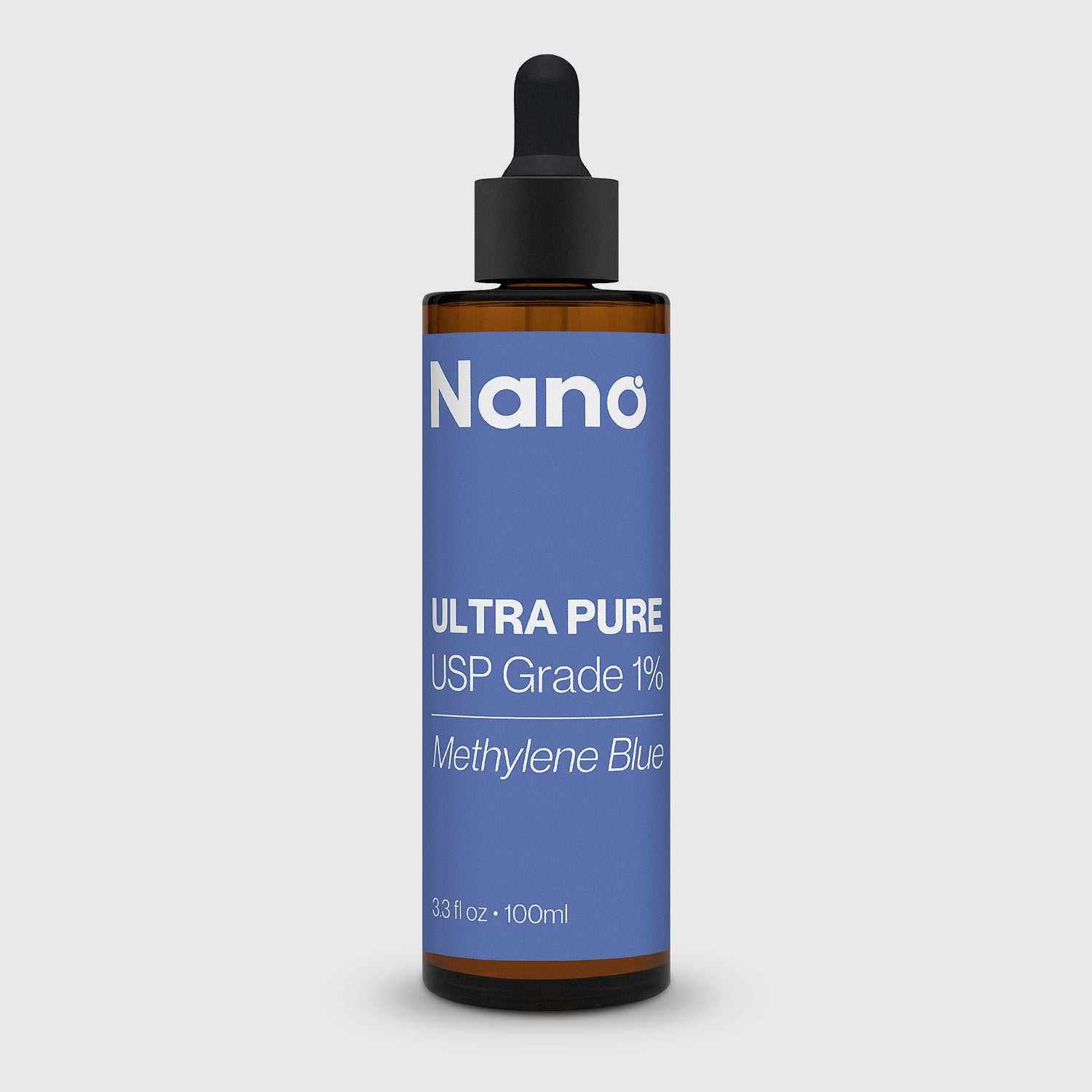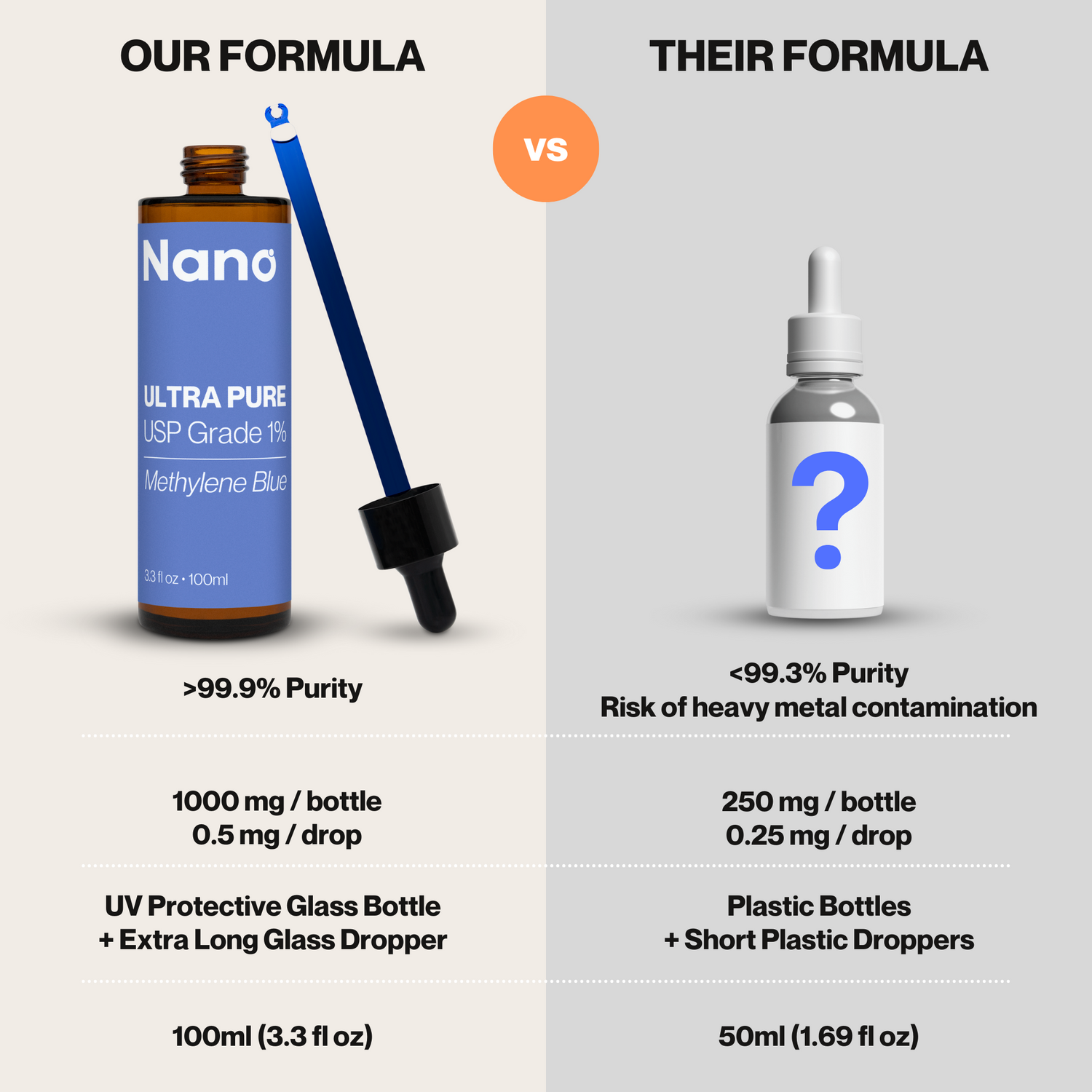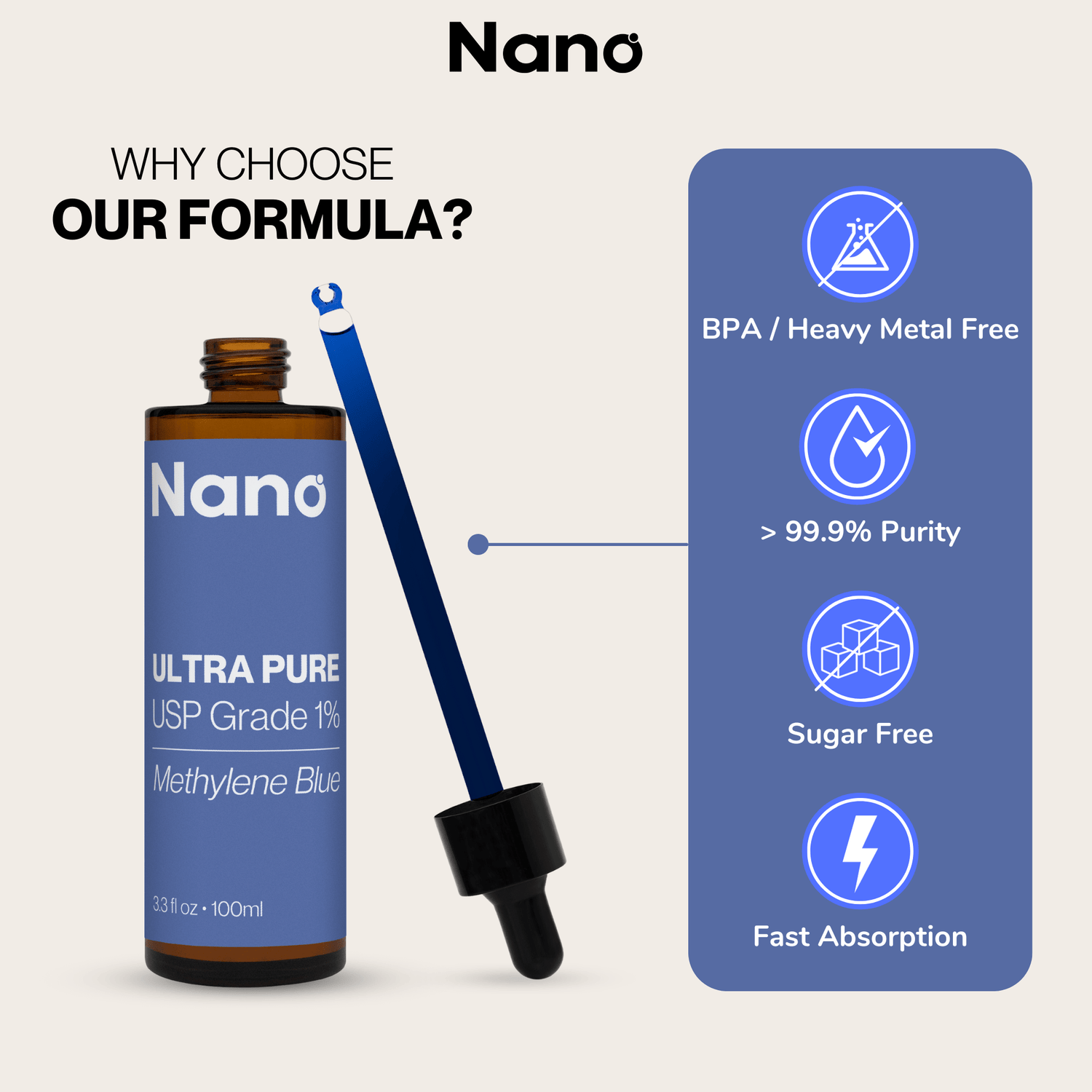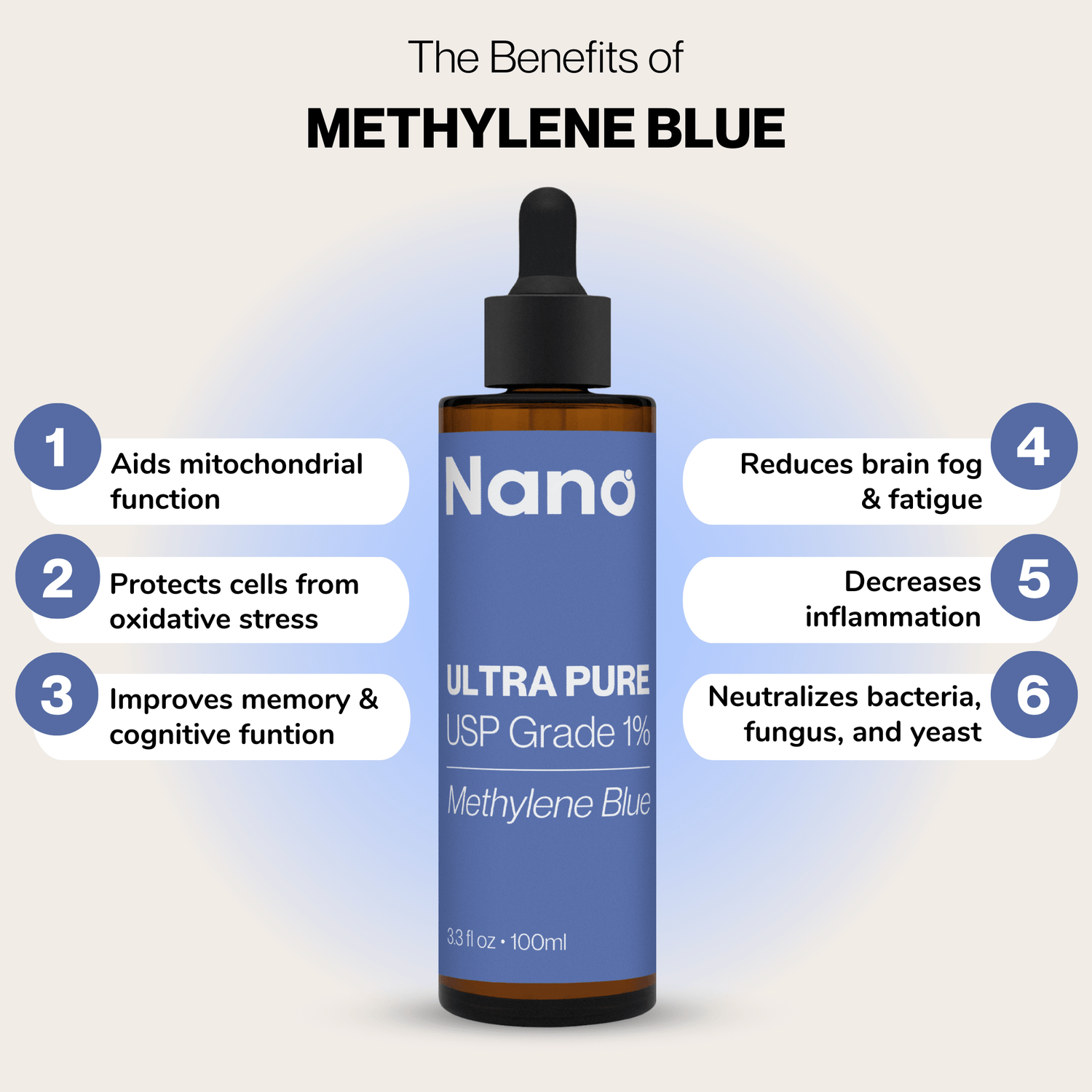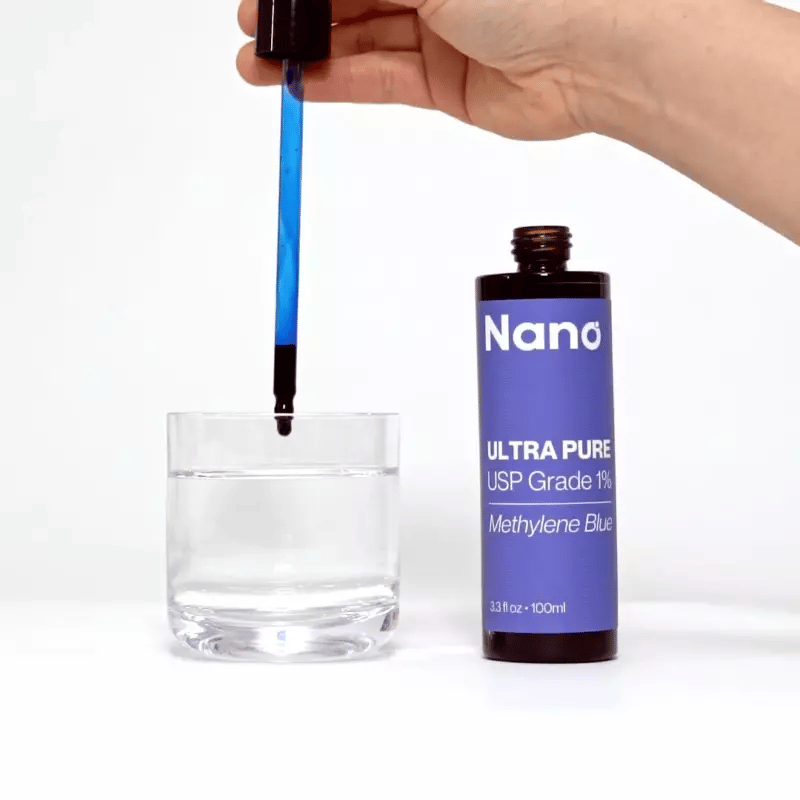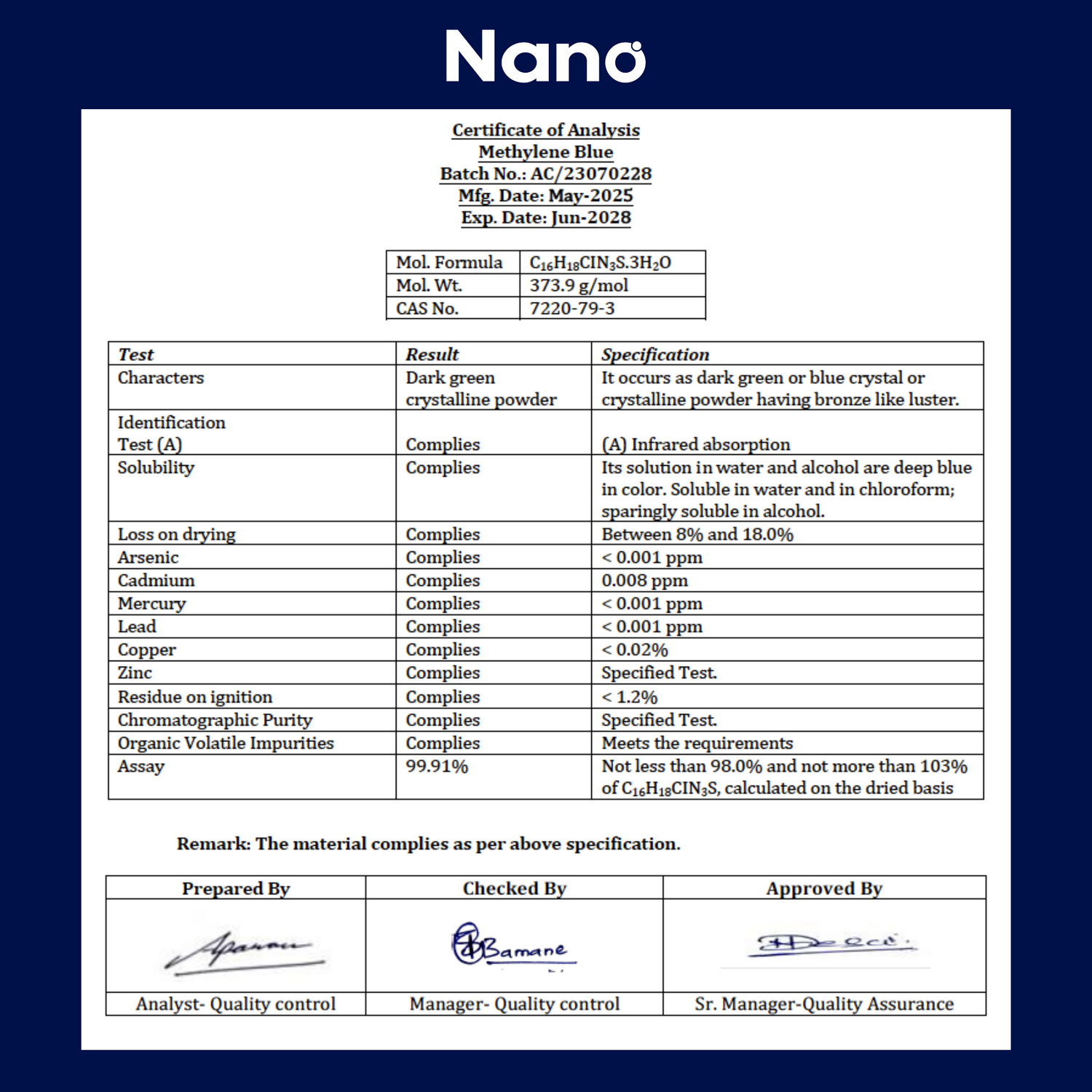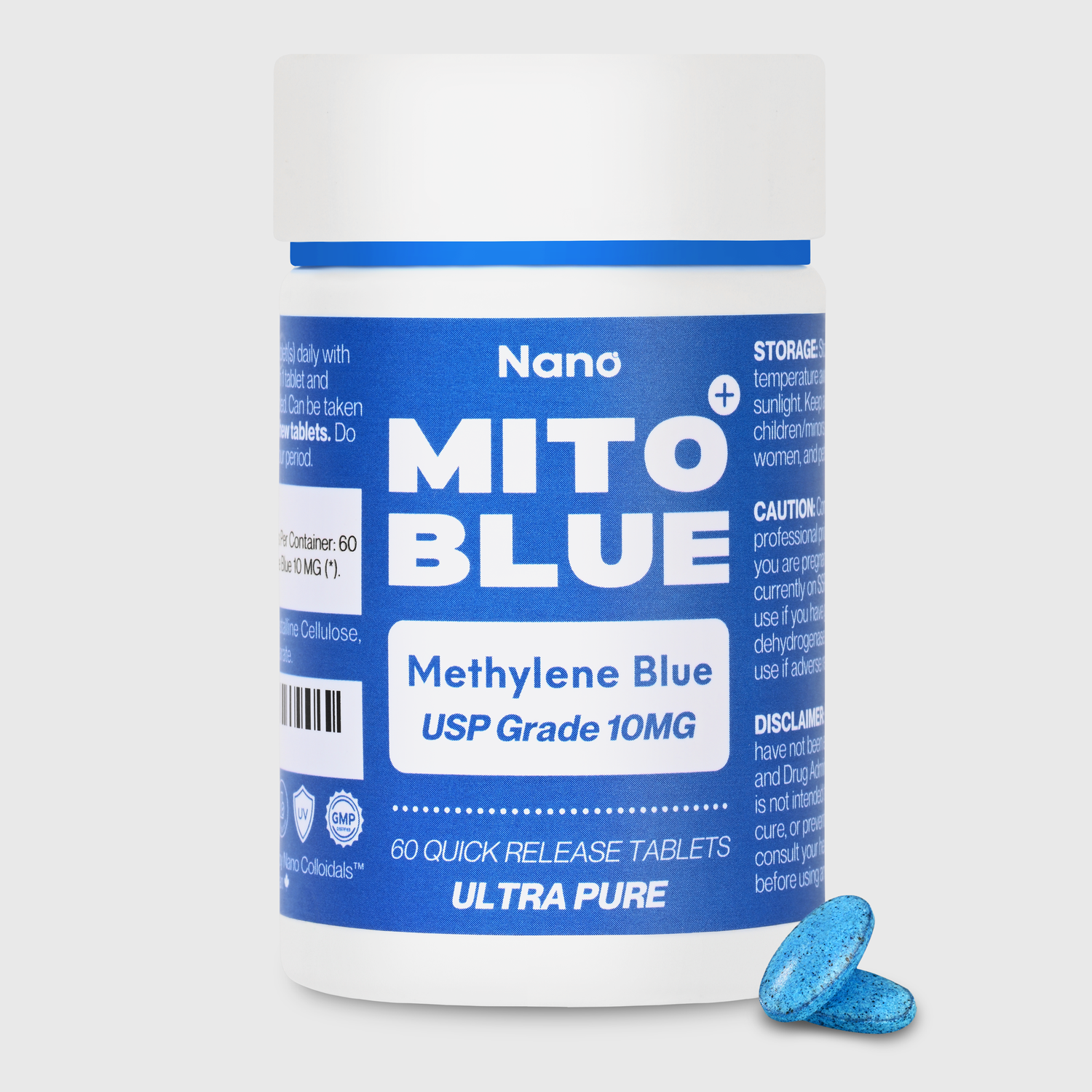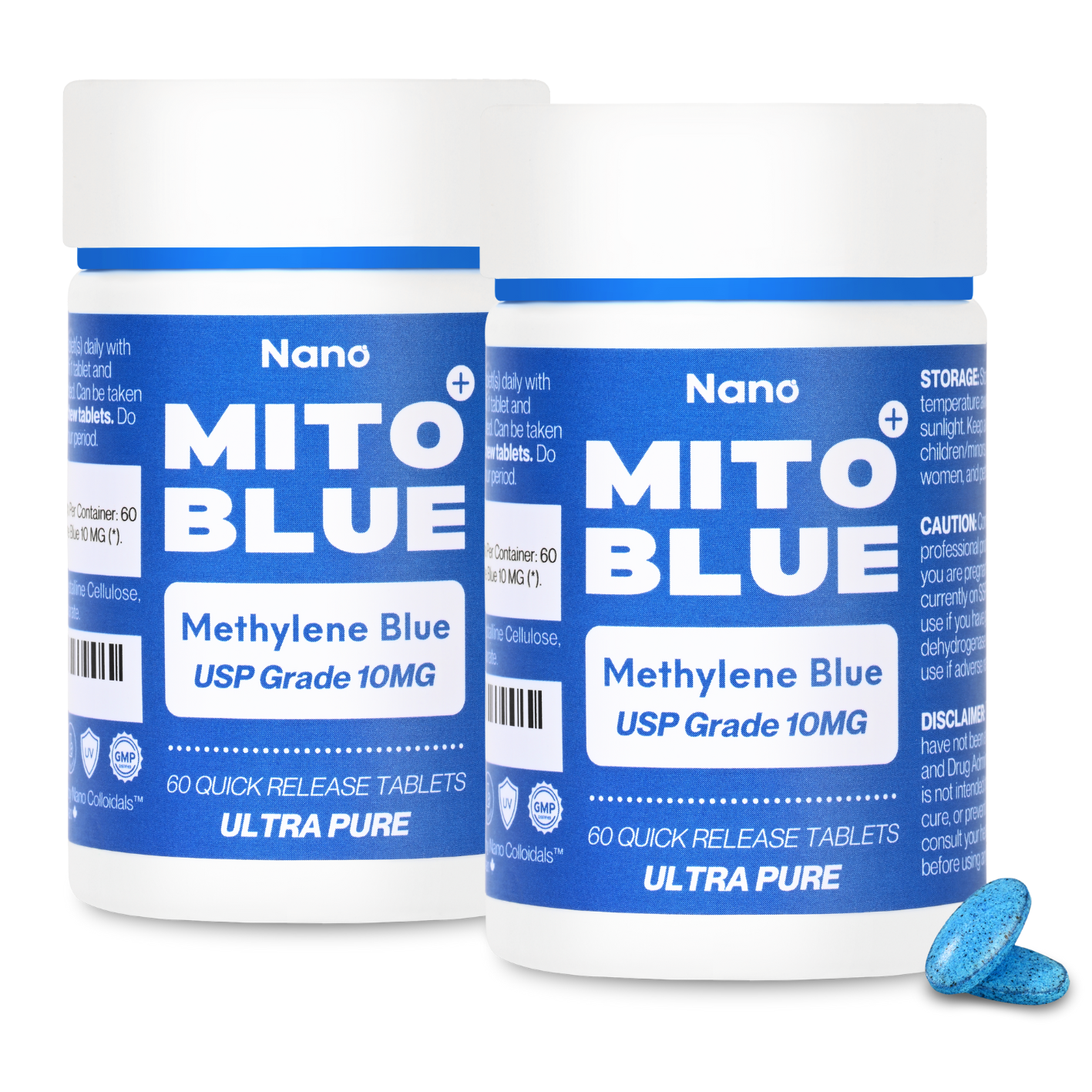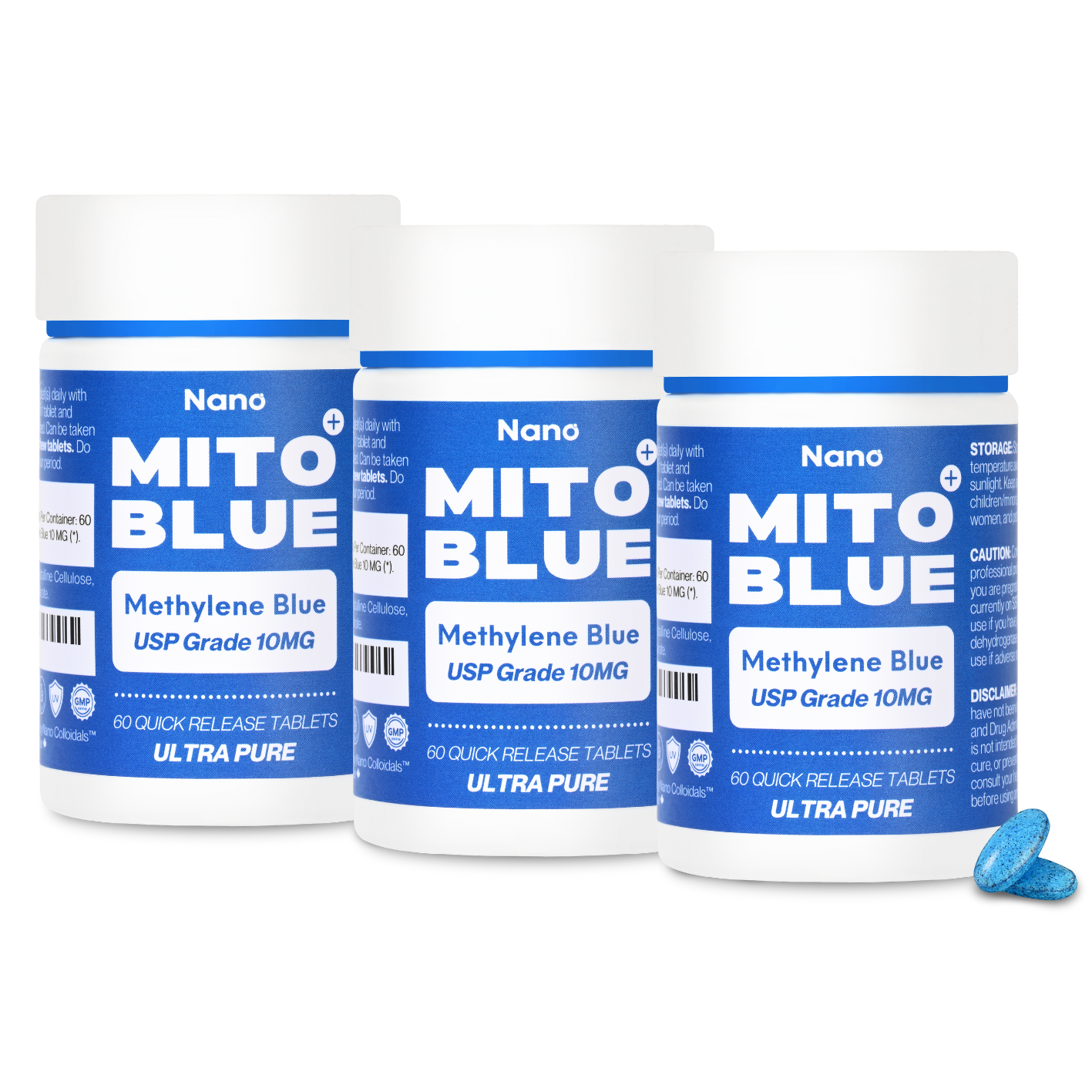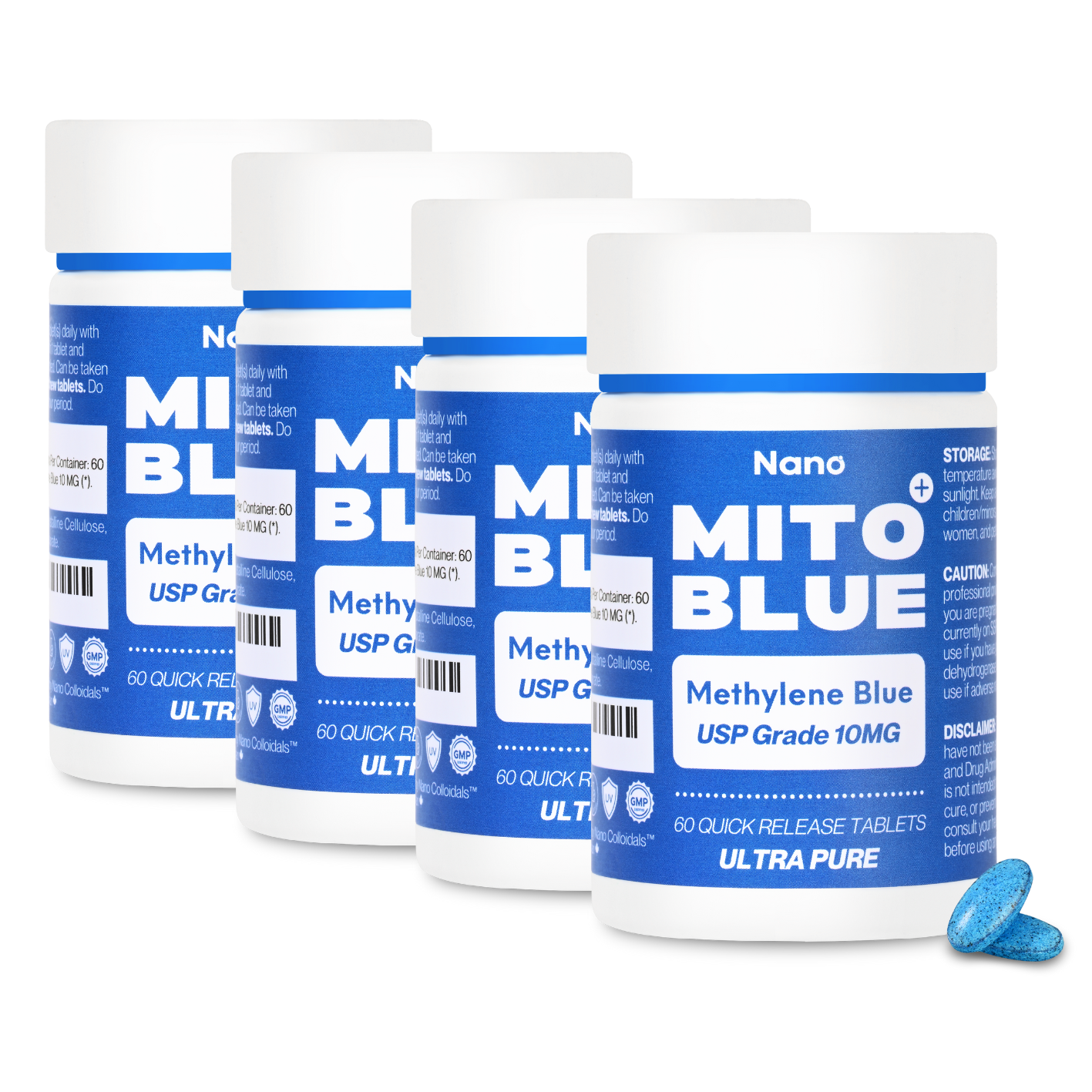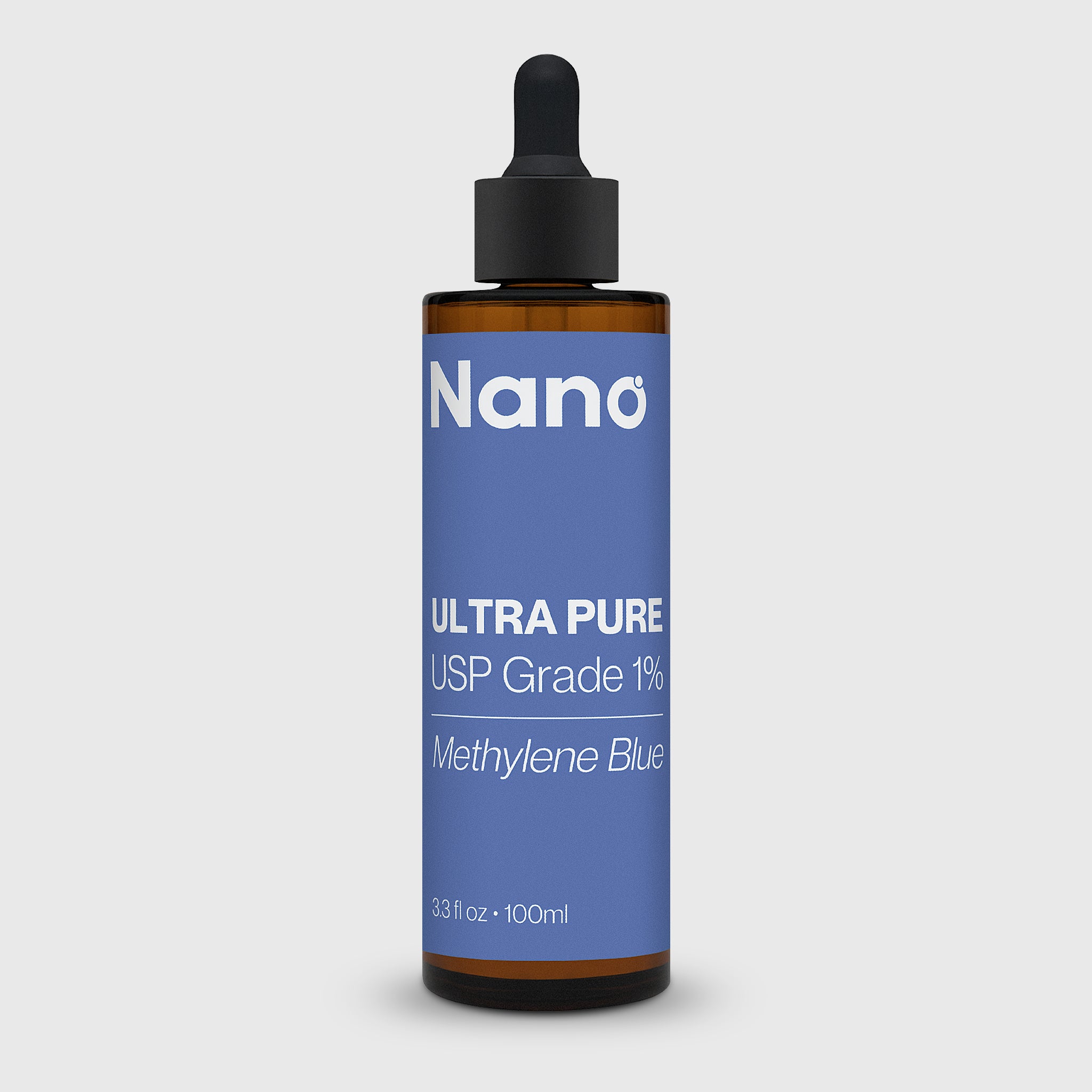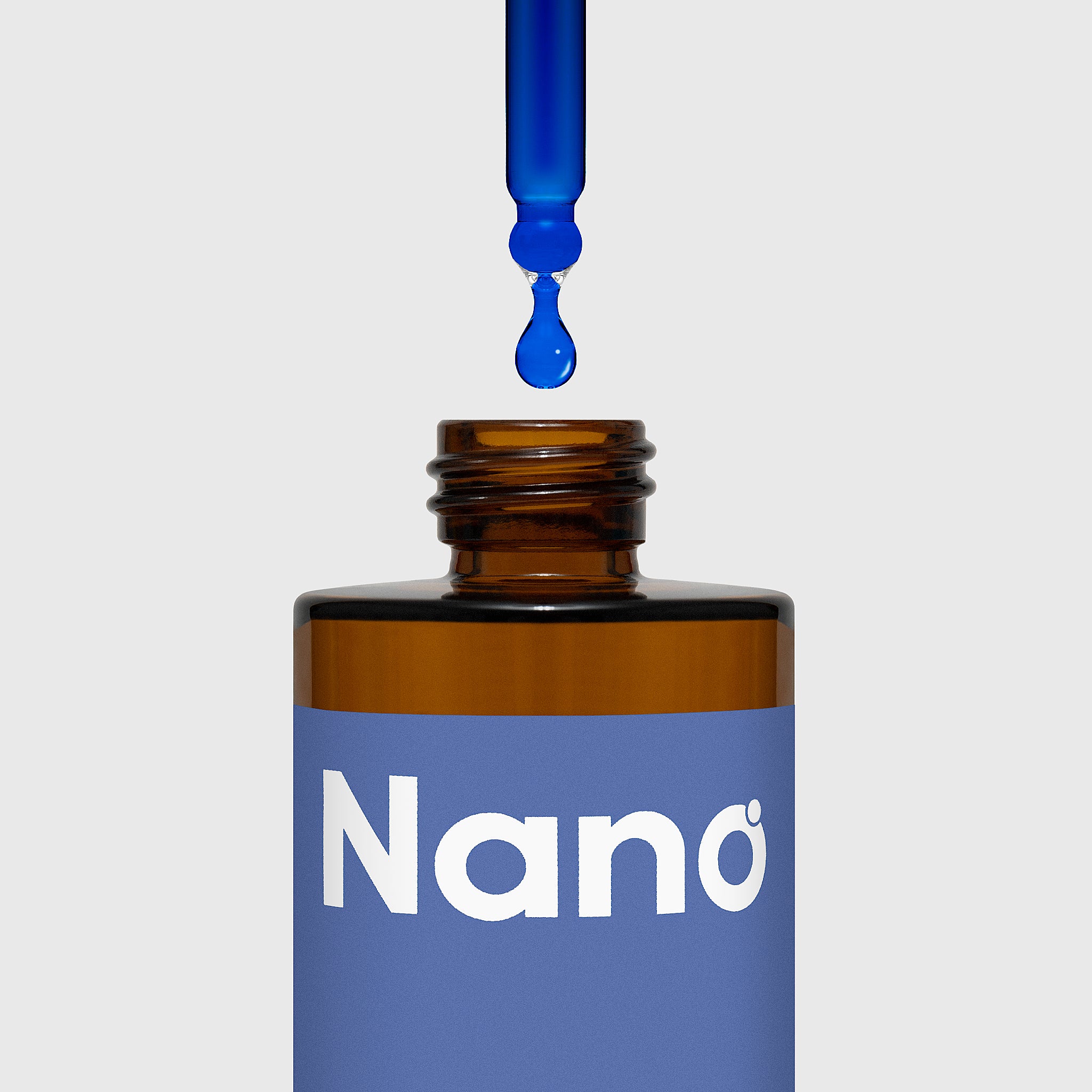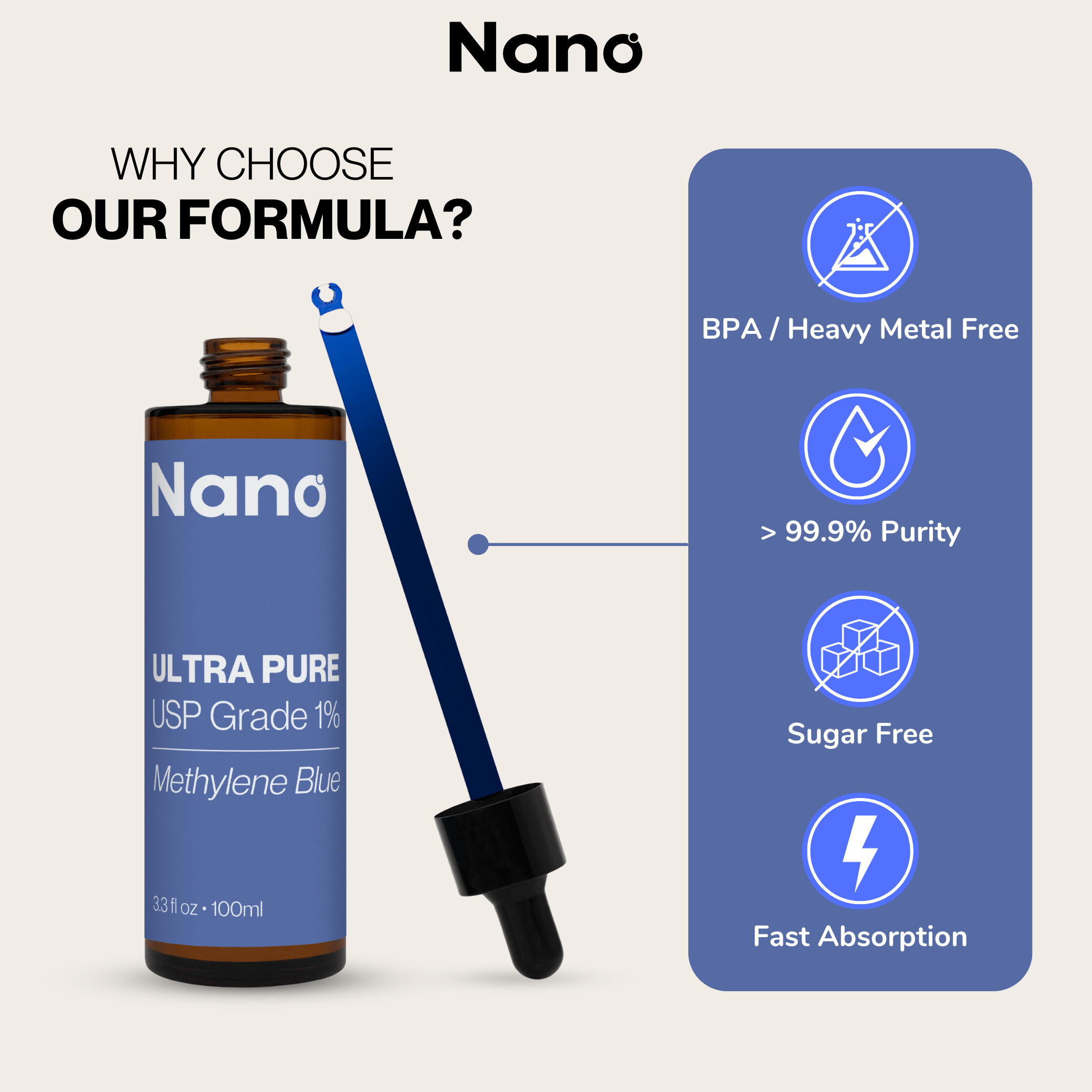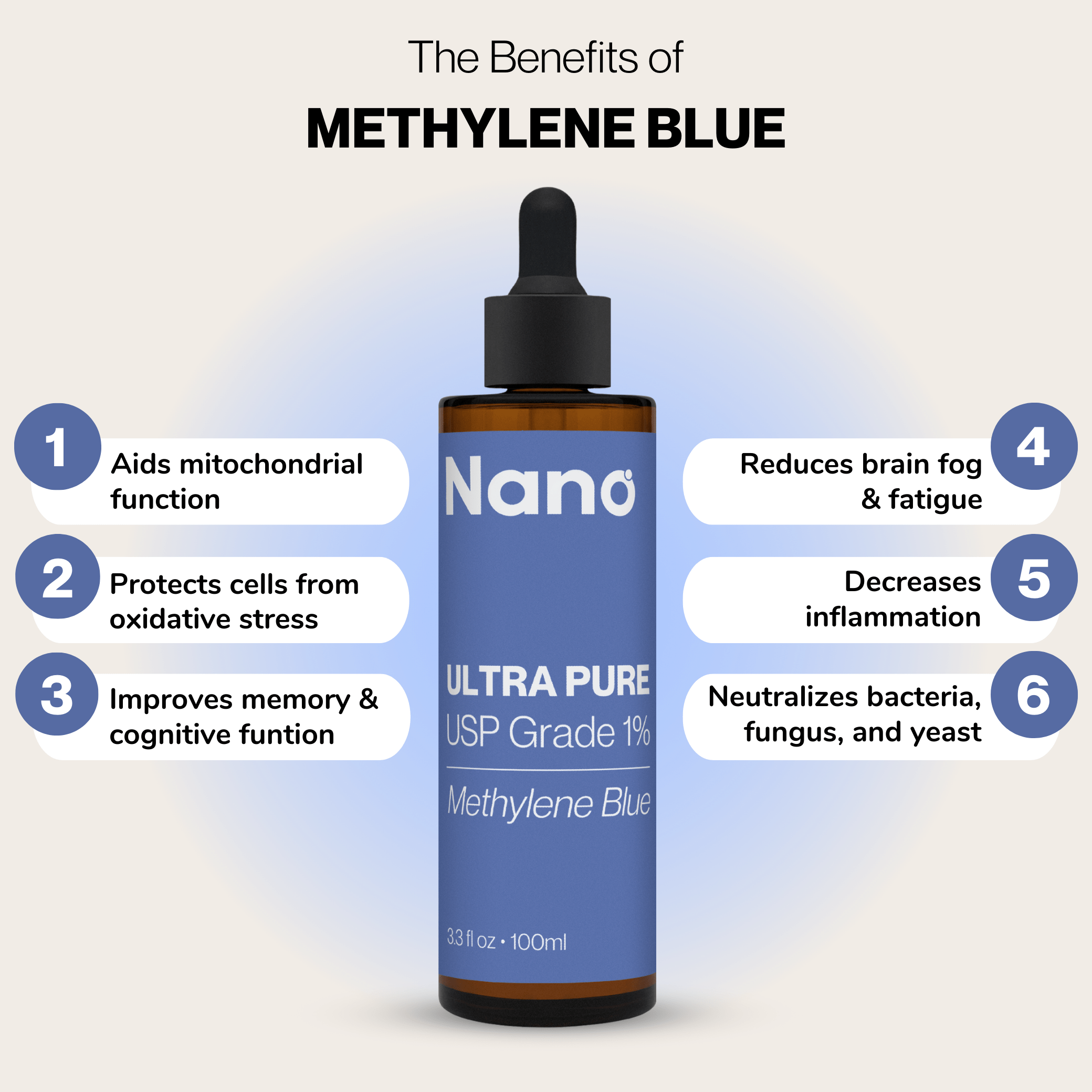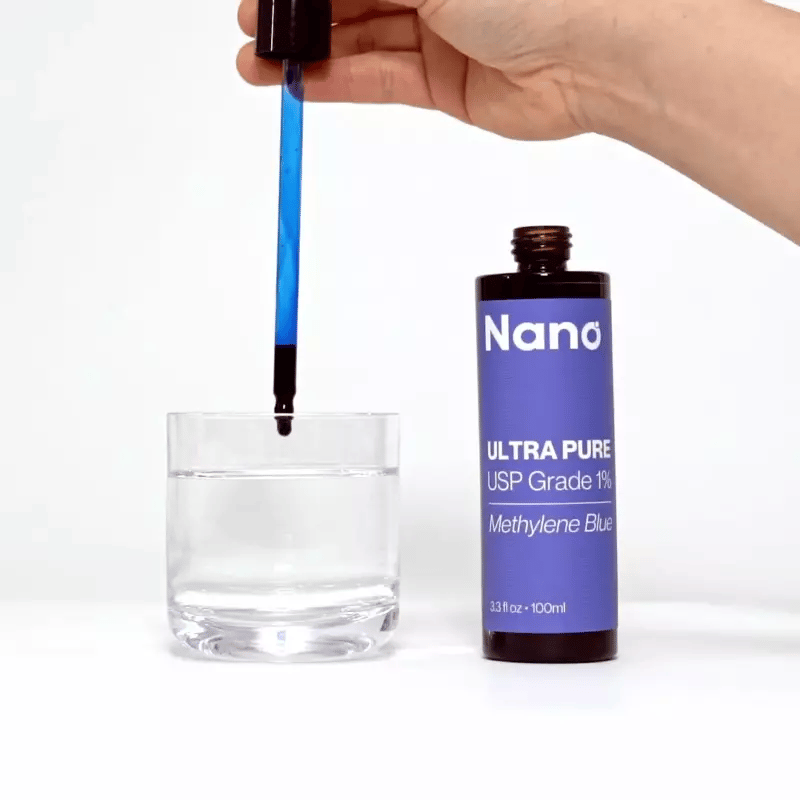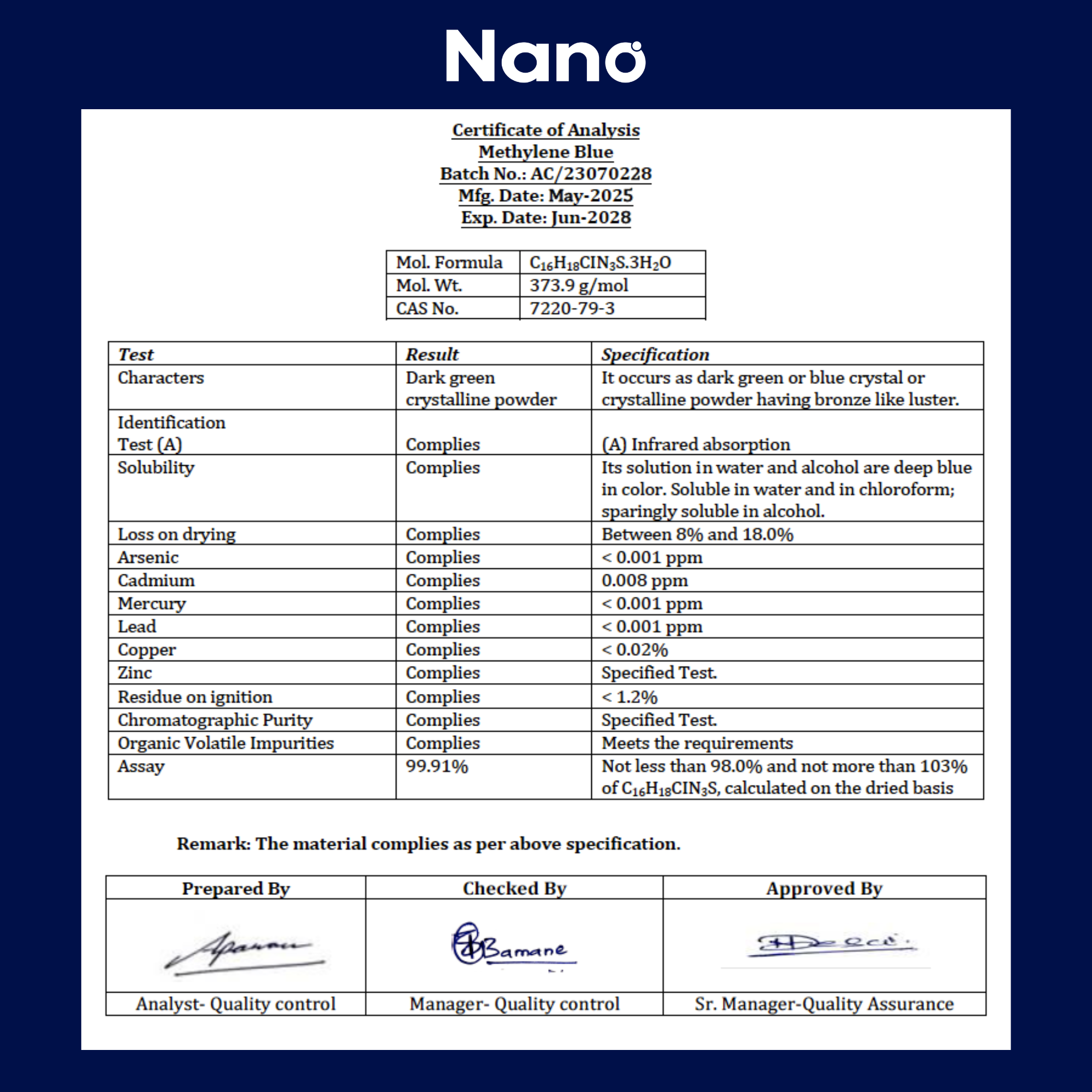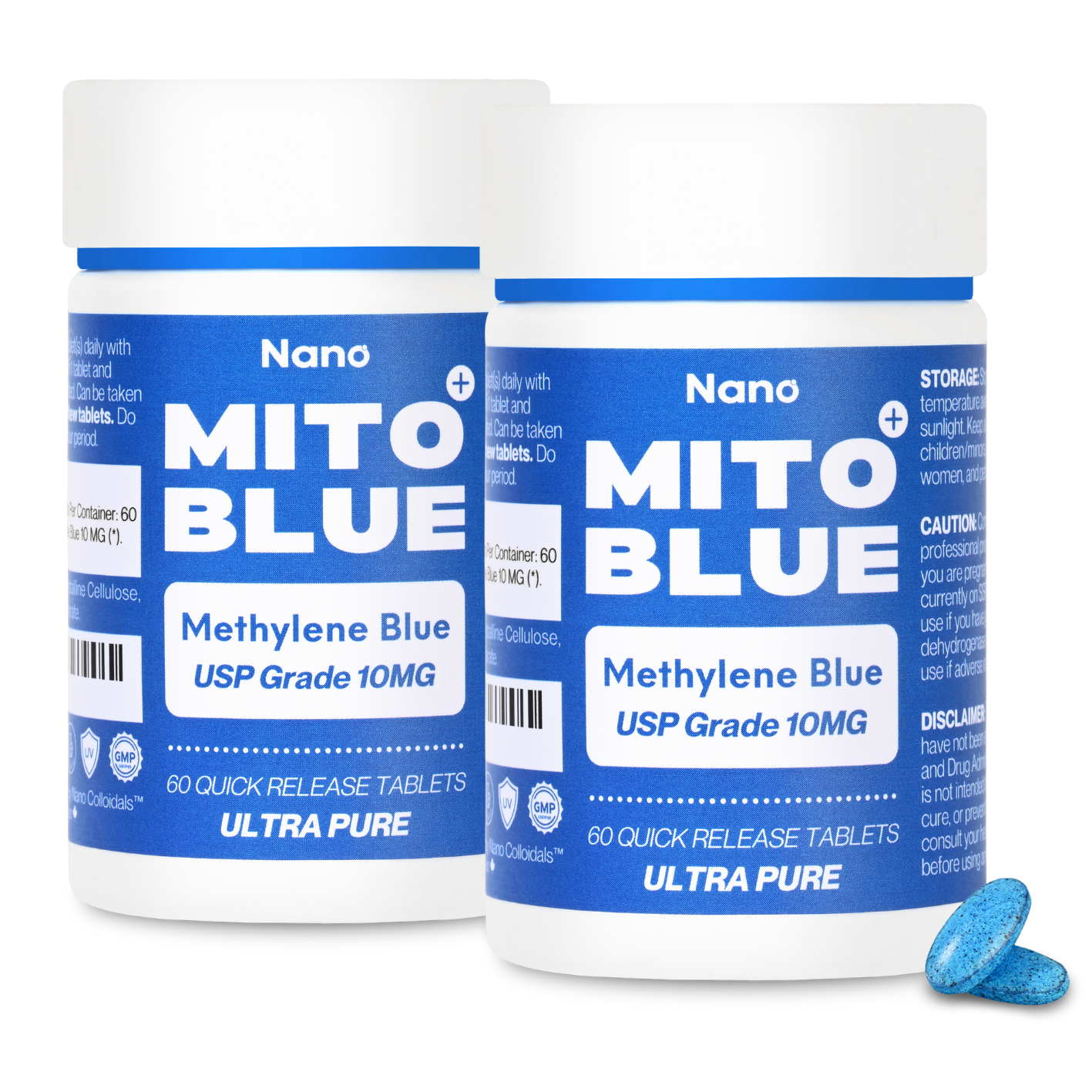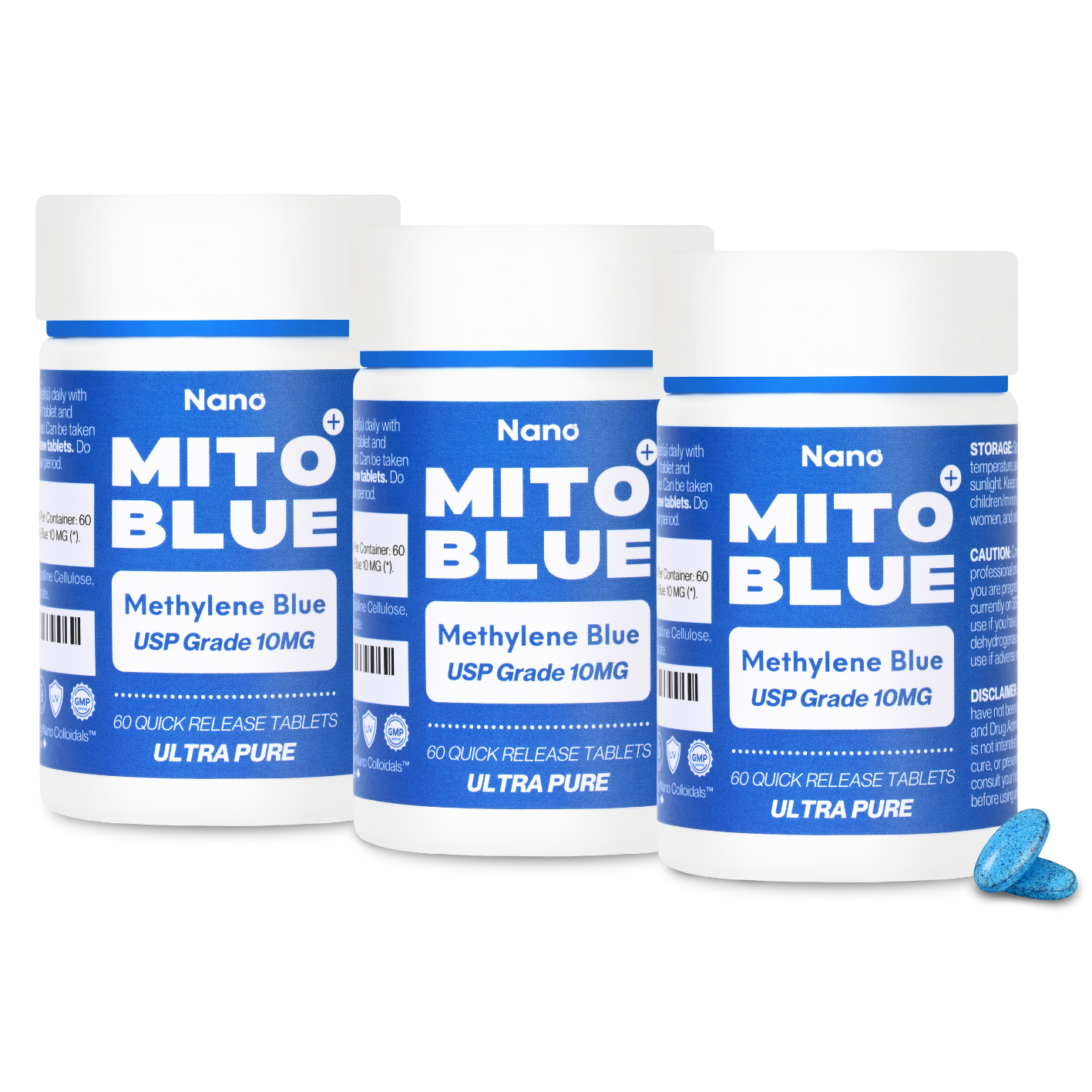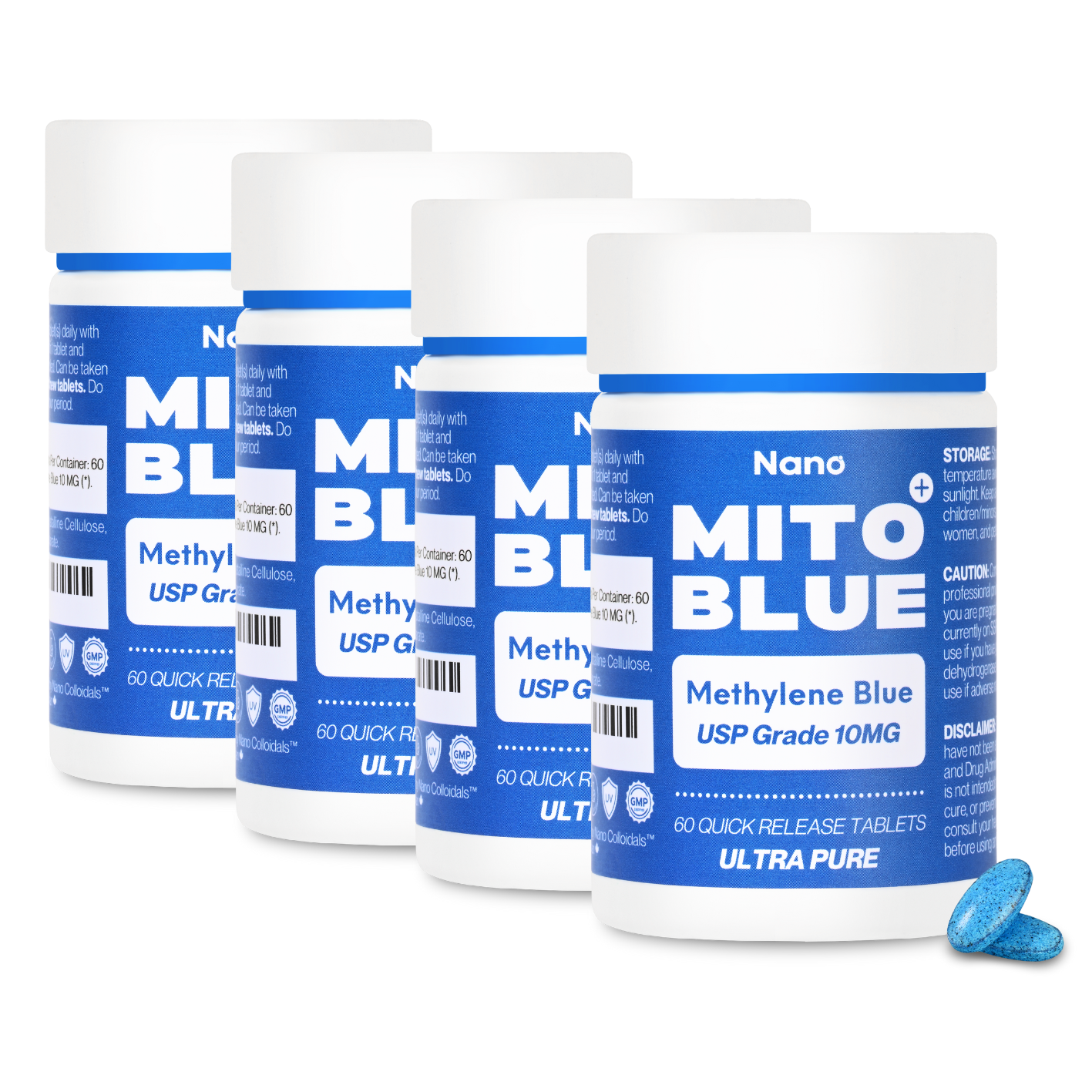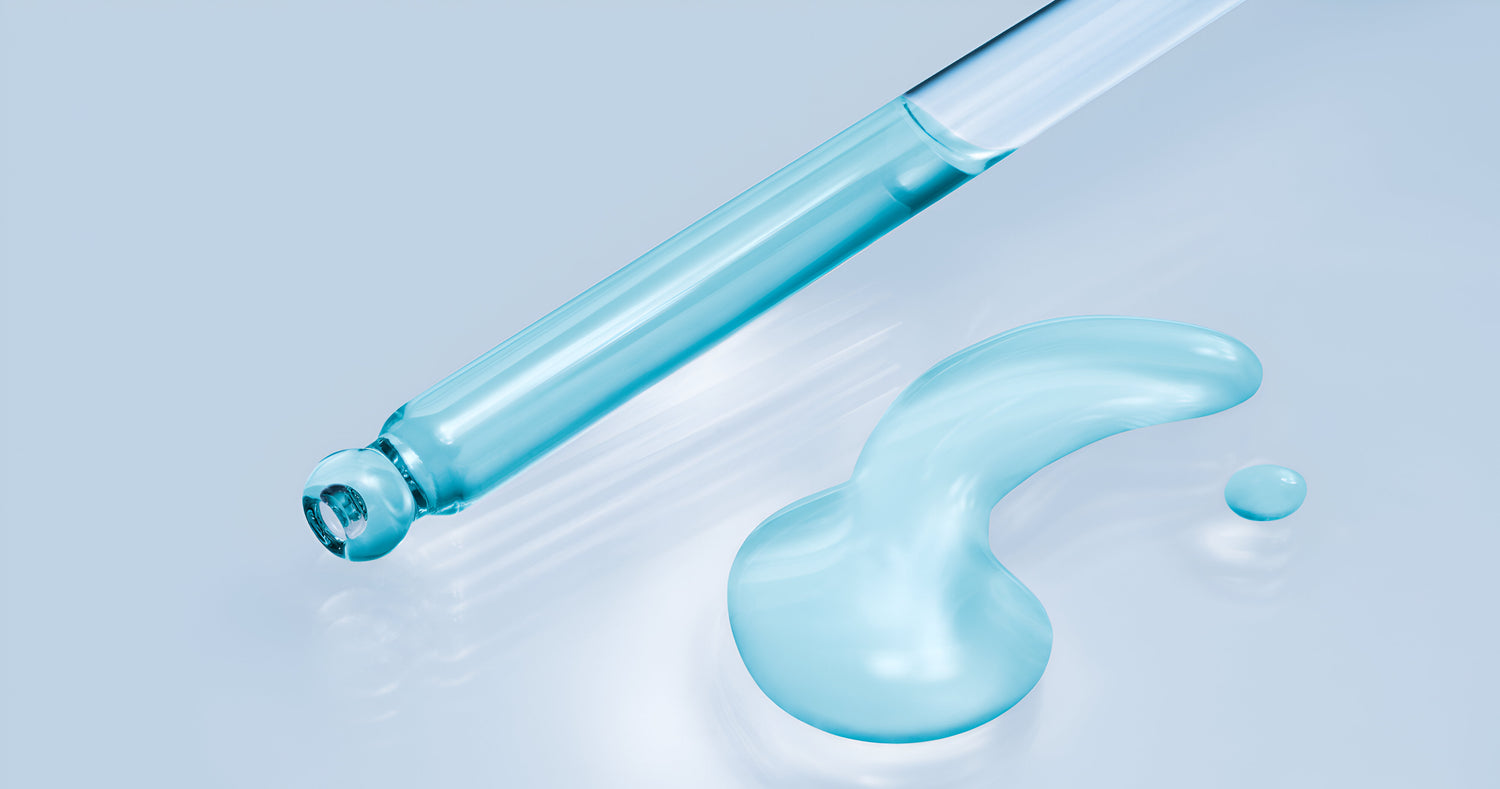Methylene blue (MB), a heterocyclic aromatic compound with a distinct blue color, has been captivating scientists and clinicians for over a century. Beyond its historical applications as a dye and antimalarial drug, recent research has unveiled exciting possibilities for low-dose MB as a potent antioxidant with wide-ranging benefits for health and medicine.
The Antioxidant Powerhouse
Methylene blue's antioxidant properties stem from its unique structure. It readily accepts and donates electrons, neutralizing harmful reactive oxygen species (ROS) that can damage cells and contribute to various chronic diseases including neurodegenerative disorders, cardiovascular disease, cancer, and even aging. MB also helps to improve mitochondrial function, the powerhouse of cells, leading to increased energy production and reduced oxidative stress.
Benefits of Low-Dose Methylene Blue
Research suggests that low doses of MB have demonstrated promising therapeutic potential in several areas:
Neurodegenerative Diseases:
- Alzheimer's Disease: MB improves cognitive function and reduces beta-amyloid plaques, a hallmark of the disease, in animal models. Researchers suggest that MB might be useful for the therapy and prevention of Alzheimer's disease [1].
- Parkinson's Disease: Studies suggest MB can protect neurons and improve motor symptoms and olfactory dysfunction in Parkinson's disease models [2].
- Huntington's Disease: MB shows potential in delaying the progression of Huntington's disease by reducing oxidative stress and protein aggregation [3].
Cardiovascular Disease:
- Ischemic Stroke: MB protects brain tissue from damage following ischemic stroke in animal models [4].
- Heart Failure: MB improves heart function and reduces oxidative stress in animals with heart failure [5].
Other Potential Uses:
- Anti-Inflammatory Effects: MB has shown anti-inflammatory properties in various conditions like chronic obstructive pulmonary disease (COPD) and inflammatory bowel disease (IBD) [6].
- Antidepressant Effects: Emerging evidence suggests MB may have antidepressant effects by influencing neurotransmitter levels and brain function [7].
- Anti-Aging Effects: MB is being explored for its potential to slow down aging by protecting cells from oxidative damage and improving mitochondrial function [8].
- Anti-Tumor Properties: Research suggests that MB may have anti-tumor properties. Its ability to disrupt cancer cell metabolism and promote oxidative stress in cancer cells could offer potential therapeutic benefits [9].
- Metabolic Health: Several studies indicate that MB may improve insulin sensitivity and glucose metabolism, potentially reducing the risk of type 2 diabetes [10].
- Pain Management: Low-dose MB has shown promising results in treating chronic pain conditions, including neuropathic pain, by modulating pain signaling pathways [11].
Safety and Considerations*
While low-dose MB appears safe and well-tolerated, further research is needed to determine optimal dosages, long-term effects, and potential interactions with other medications. Consult your healthcare professional before starting MB therapy.
Conclusion
Low-dose Methylene Blue emerges as a promising antioxidant with therapeutic potential for various diseases. Ongoing research continues to unravel its full potential, paving the way for new treatment options in the future. As scientists delve deeper into the world of MB, we can expect to unlock its power to improve human health and well-being.
*Do not take Methylene Blue if you are currently on SSRIs or SNRIs. Do not use MB if you are currently pregnant or breastfeeding. Do not give MB to babies. Always consult with a healthcare professional for any other contradictions before using Methylene Blue or any other dietary supplement.References
- Paban, V. , Manrique, C., Filali, M., Maunoir-Regimbal, S., Fauvelle, F., & Alescio-Lautier, B. (2014). Therapeutic and preventive effects of methylene blue on Alzheimer's disease pathology in a transgenic mouse model. Neuropharmacology, Volume 76, Part A, Pages 68-79
- Biju, K., Evans, R., Shrestha, K., Carlisle, D., Gelfond, J., & Clark, R. (2018). Methylene Blue Ameliorates Olfactory Dysfunction and Motor Deficits in a Chronic MPTP/Probenecid Mouse Model of Parkinson's Disease. Journal of Neuroscience. 380:111-122
- Sontag, E., et al (2012). Methylene Blue Modulates Huntingtin Aggregation Intermediates and Is Protective in Huntington's Disease Models. Journal of Neuroscience. 32(32): 11109–11119.
- Cheng, Q., Chen, X., Ma, J., Jiang, X., Chen, J., Zhang, M., Wu, Y., Zhang, W., & Chen, C. (2021). Effect of Methylene Blue on White Matter Injury after Ischemic Stroke. Oxidative Medicine and Cellular Longevity
- Johannsen, C., Nørholt, C., Baltsen, C., et al (2023). The effects of methylene blue during and after cardiac arrest in a porcine model; a randomized, blinded, placebo-controlled study. The American Journal of Emergency Medicine, Volume 73, Pages 145-153
- Öğünç, B., Ramoğlu, N., & Sakin, I. (2020). Methylene blue treatment on Alzheimer and inflammatory bowel disease. Demiroglu Science University Florence Nightingale Journal of Medicine. 6(3):91-96
- Alda, M. (2019). Methylene Blue in the Treatment of Neuropsychiatric Disorders. CNS Drugs. 33(8):719-725.
- Xue, H., Thaivalappil, A., & Cao, K. (2021). The Potentials of Methylene Blue as an Anti-Aging Drug. Cells Journal. 10(12): 3379
- Terekhov, R., Taldaev, A., Nikitin, I., et al (2023). Methylene blue in anticancer photodynamic therapy: systematic review of preclinical studies. Sec. Pharmacology of Anti-Cancer Drugs, Volume 14
- Tanese, T., Narimiya, M., Yamada, H., Matsuba, I., Tsuruoka, A., Sasaki, K. Mori, Y., Ishii, K., Ikeda, Y., & Abe, M. (1984). The effect of methyleneblue on insulin and glucagon release stimulated by glucose and arginine in the isolated perfused rat pancreas. Nihon Naibunpi Gakkai Zasshi. 60(6):729-37
- Lee, S., & Han, H. (2021). Methylene Blue Application to Lessen Pain: Its Analgesic Effect and Mechanism. Front Neurosci.15: 663650.



